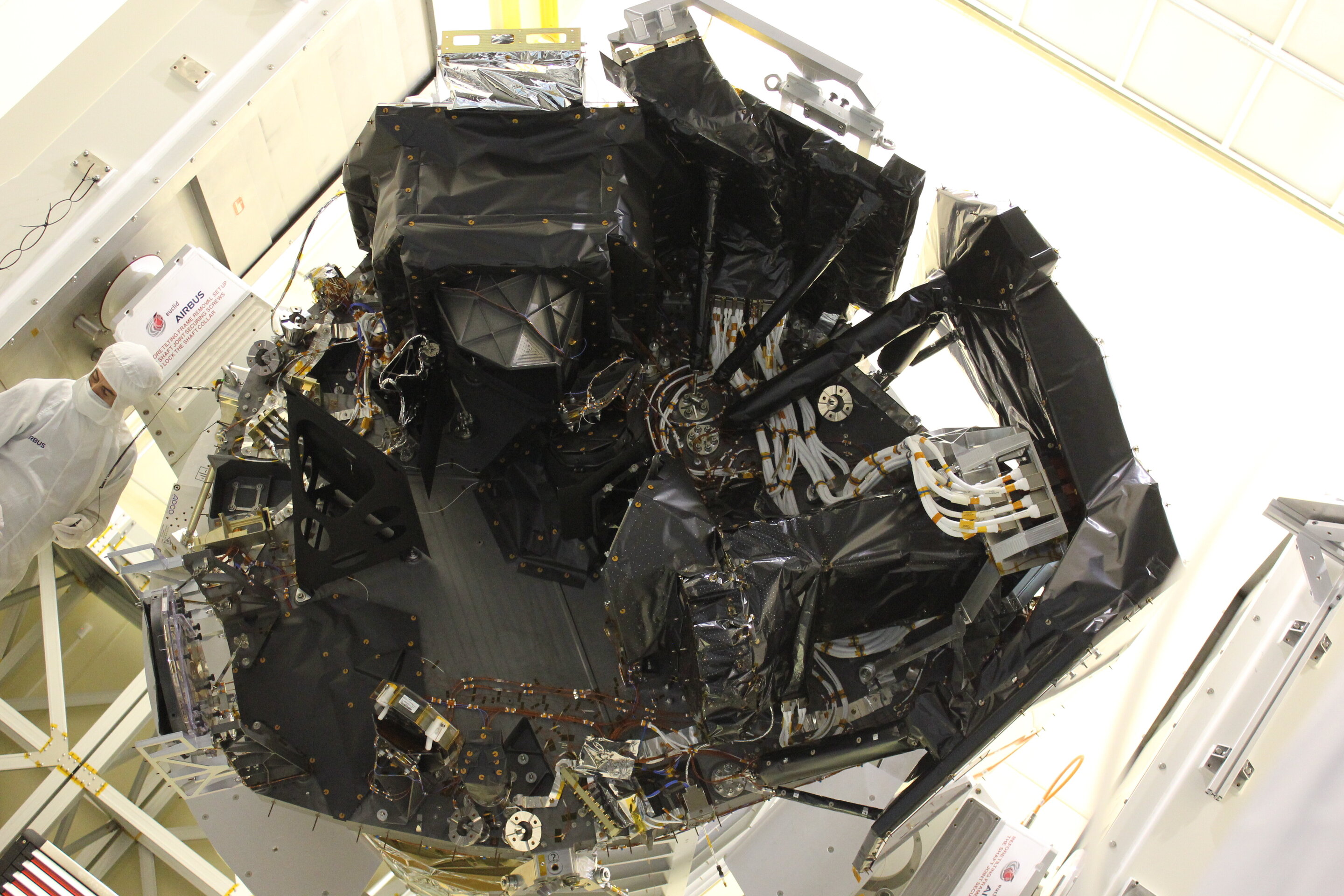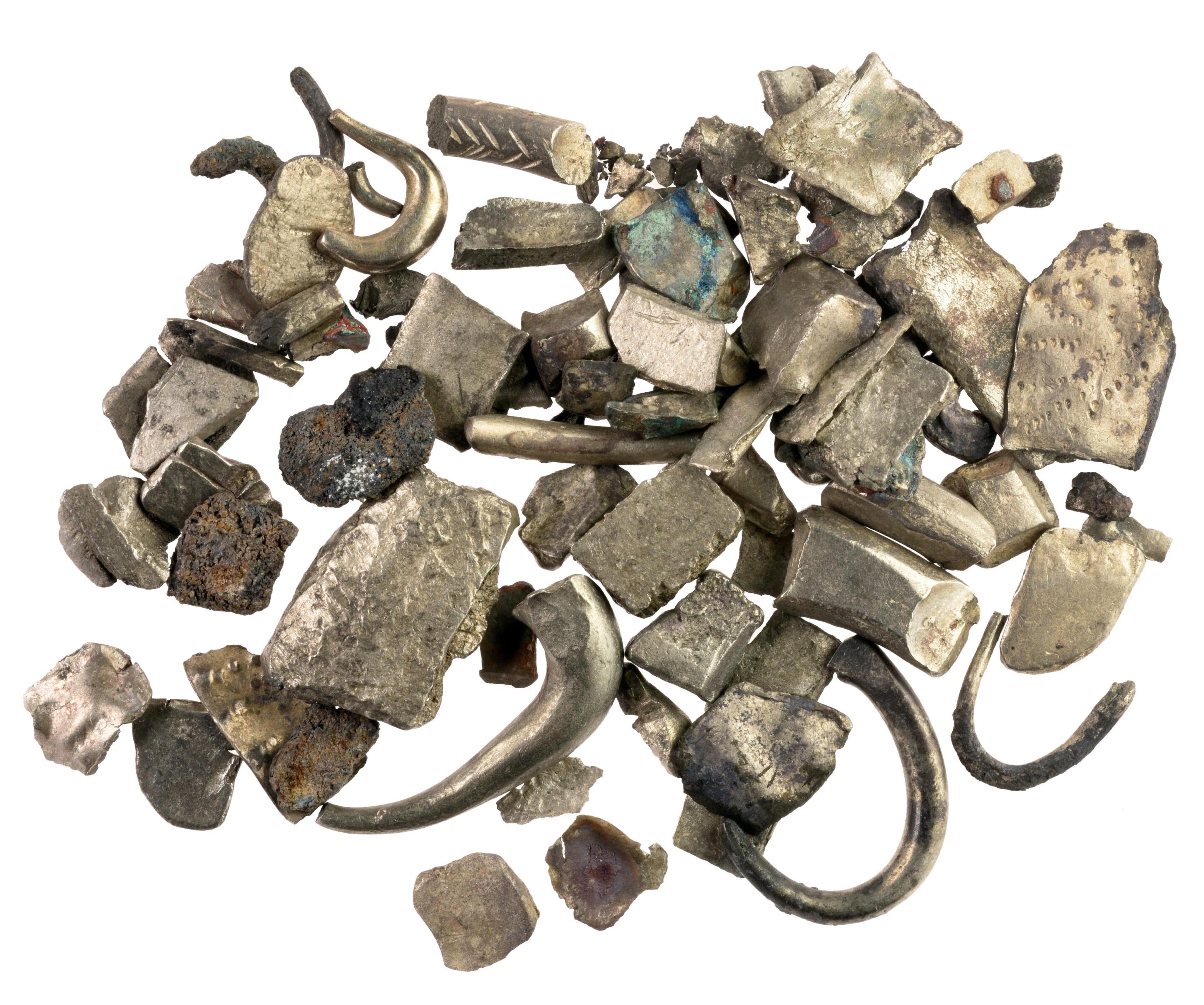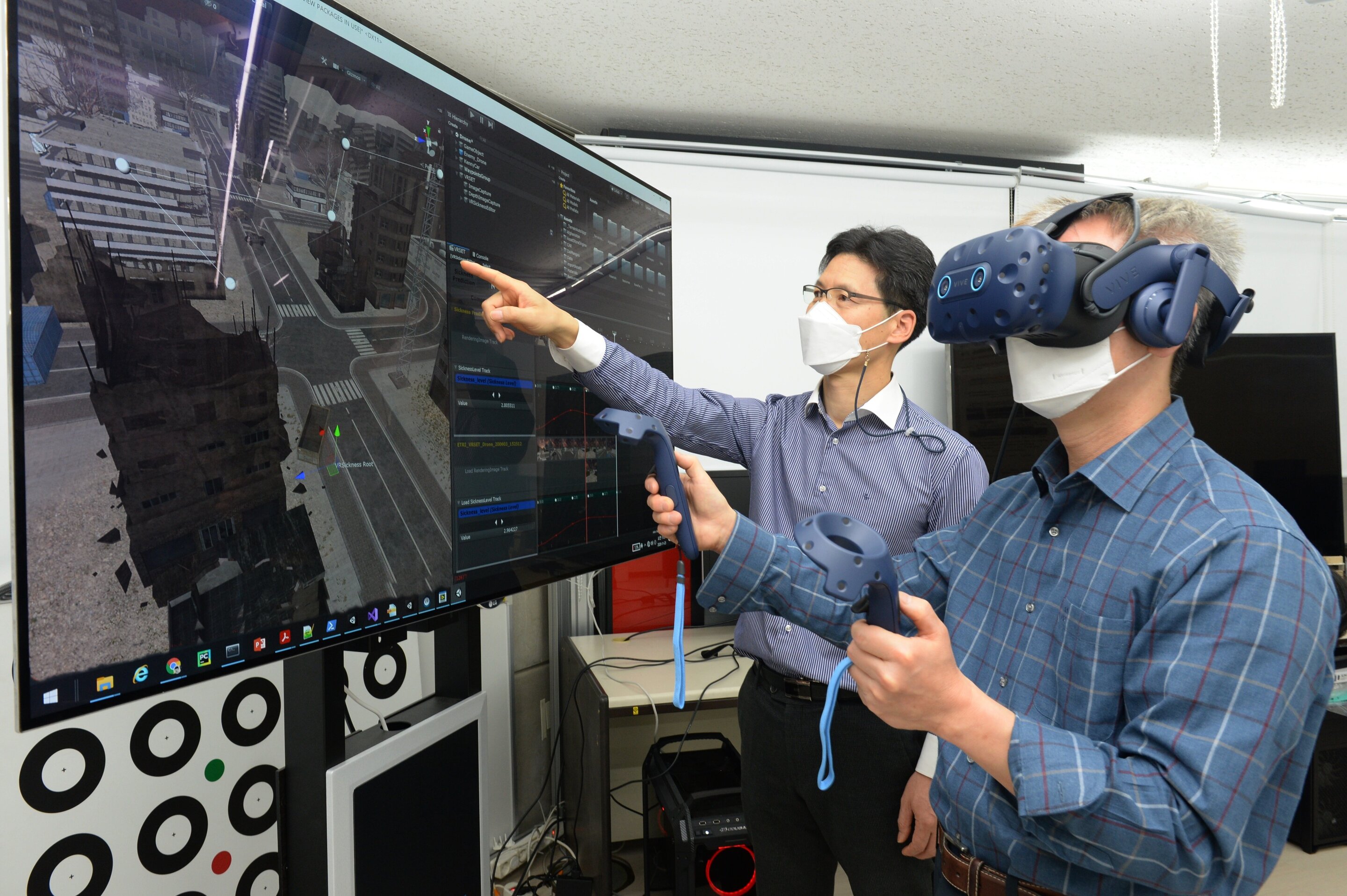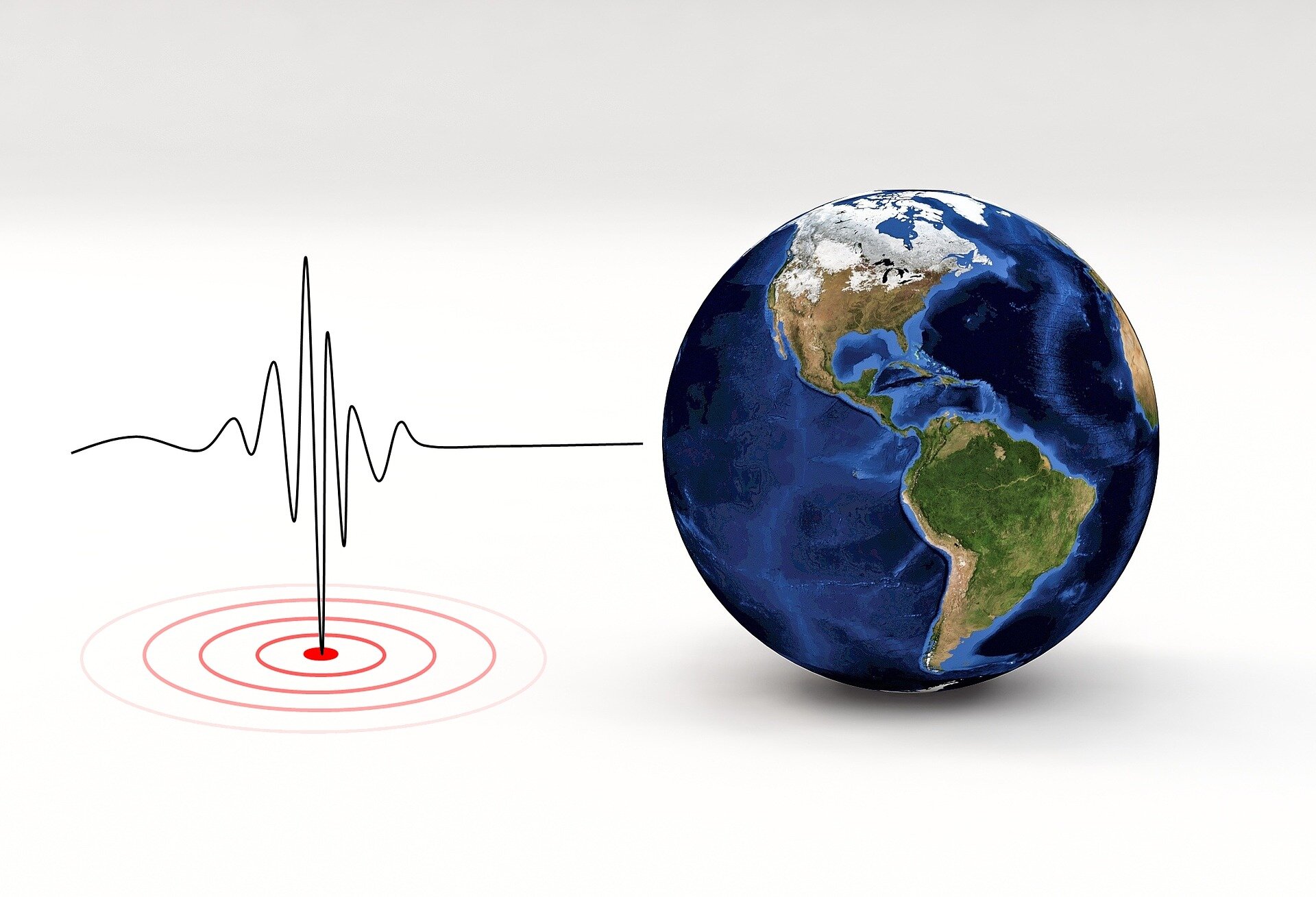#Instruments installed on Euclid spacecraft

“#Instruments installed on Euclid spacecraft”

The optical and infrared instruments of Euclid, ESA’s mission to study dark energy and dark matter, have passed the qualification and acceptance review and are now fully integrated into the spacecraft’s payload module. This marks an important step forward in the assembly of the Euclid space telescope, which is scheduled for launch in 2022.
The visible and infrared instruments are crucial to measure the shapes and distances of billions of galaxies. This will enable scientists to reconstruct 10 billion years of cosmic history, and investigate the mysterious dark matter and dark energy that are thought to dominate the universe.
This image shows Euclid’s payload module, which consists of a silicon baseplate supporting the telescope and two instruments. The visual imager is visible towards the top, which, with more than 600 megapixels, will be one of the biggest cameras in space. The near-infrared spectrometer and photometer is to the right. The telescope’s primary and secondary mirrors are hidden from view and inside the white baffle with gold multi-layer insulation, underneath the baseplate in this orientation.
First Euclid flight hardware delivered
Citation:
Image: Instruments installed on Euclid spacecraft (2020, December 22)
retrieved 22 December 2020
from https://phys.org/news/2020-12-image-instruments-euclid-spacecraft.html
This document is subject to copyright. Apart from any fair dealing for the purpose of private study or research, no
part may be reproduced without the written permission. The content is provided for information purposes only.
If you liked the article, do not forget to share it with your friends. Follow us on Google News too, click on the star and choose us from your favorites.
For forums sites go to Forum.BuradaBiliyorum.Com
If you want to read more Like this articles, you can visit our Science category.




